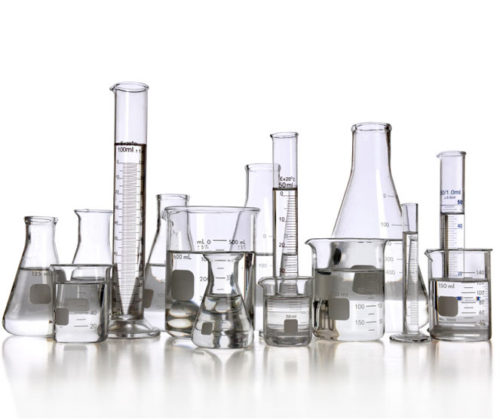A 7 Step Guide to the Proper Usage of Critical Cleaners
Tweet
 Print
Print
Cleaning tasks require individualized procedures; each cleaning application is unique. Cleaning processes should be developed carefully and methodically for each application to achieve the most beneficial and cost effective results. Consider a variety of factors to determine the proper technique for each distinct cleaning application. 
1. Choose a detergent that best matches the soil: Determine the soil being removed. It is important to match the right cleaner to the soil. In most instances, substances such as oil and grease can be cleaned with an alkaline cleaner, while foulants such as rust, mineral deposits and hard water scale may require the use of a citric acid cleaner; proteins and starches may need an enzymatic cleaner. Choosing proper detergents leads to more effective, economical processes in the long run.
2. Consider the surface being cleaned: Just as it is important to match the cleaner to the soil, it is equally as imperative to consider the cleaning surface. Choose a detergent that is compatible with the substance you are cleaning. Soft metals (copper, zinc, aluminum) and delicate electronic components often require cleaners with a neutral pH; choosing an acid or alkaline cleaner for these substances could result in surface damage. Most filter membranes require cleaning chemicals with a typical pH below 10. It is always advisable to test for compatibility prior to introducing a new cleaner into your processes. Research enables you to choose the proper cleaner.
3. Determine the proper cleaning method: Cleaning methods vary from application to application. Small or moderate sized parts and equipment often lend themselves to a manual or immersion washing system, while large pieces of equipment or complete systems require a clean in place (CIP) wash method. Choice of cleaning method is further defined by soil type and level of cleanliness needed. Critical cleaning applications that need to be validated often require ultrasonic cleaning methods or automatic washing systems, while a thorough hand washing might suffice for other needs. Ultrasonics, automatic washers or agitation may improve the cleaning action. Common cleaning methods include CIP, ultrasonic, manual, immersion, automatic systems (either mild or high agitation), and pressure washing systems. After determining the proper method for your specific cleaning application, choose the detergent that is best suited for that method. This is in addition to the above considerations of soil and substrate.
4. Use the right amount of detergent: Using the proper concentration of detergent is a key factor in determining your optimum cleaning process. This is not a case of the classic ‘more is better’ adage; using too much detergent can be as disruptive to your outcome as using too little. The recommended concentration of detergent in your solution may vary depending on the detergent itself, the soil, the substrate, the temperature and the cleaning method. When comparing different cleaning products, a cleaner that appears to be more costly on the surface may indeed be the more economical choice in the long run if a lower concentration of detergent is needed for each cleaning cycle. Follow the manufacturer’s guidelines for determining the correct strength of your cleaning solution.
5. Establish the proper cleaning temperature: The optimal cleaning temperature can vary greatly depending on the aforementioned variables: soil, substrate, cleaning method, concentration of detergent and choice of detergent. In the majority of instances increasing the temperature is one of the best ways to speed up or improve the cleaning action. Check with the manufacturer for the maximum suggested operating temperature for your detergent.
6. Establish the length of the cleaning cycle: Time is an important variable in setting up your critical cleaning protocol. In most instances, increasing the dwell time will improve the results. It’s important to consider all of the variables – dwell time, temperature of the cleaning solution, concentration of detergent, type of cleaning action, type of water used – to arrive at the most efficient cleaning regimen for each unique application.
7. Include a rinsing step: A thorough rinsing step should follow the cleaning. Rinsing removes any excess detergent left on the item. For critical cleaning applications it is best to use deionized or distilled water, as rinsing with ordinary water may introduce new contaminates. A potable water rinse is recommended for food contact surfaces. A simple method of testing for residue is to dip a glass slide into the rinse water and remove it. If the rinse water flows smoothly over the slide, there is no residue. If the water beads or streaks, further rinsing is required. Quantitative validation methods, available from most manufacturers, should be used for critical cleaning applications.
Developing the proper cleaning process for each application helps to ensure your system runs smoothly and efficiently. A ‘one size fits all’ approach is not the best way to attack your cleaning challenges. Time spent planning at the outset results in more efficient, streamlined and economical processes in the long run.
Contact International Products Corporation for assistance in determining your optimum cleaning regimen or visit ipcol.com.
Tweet
 Print
Print